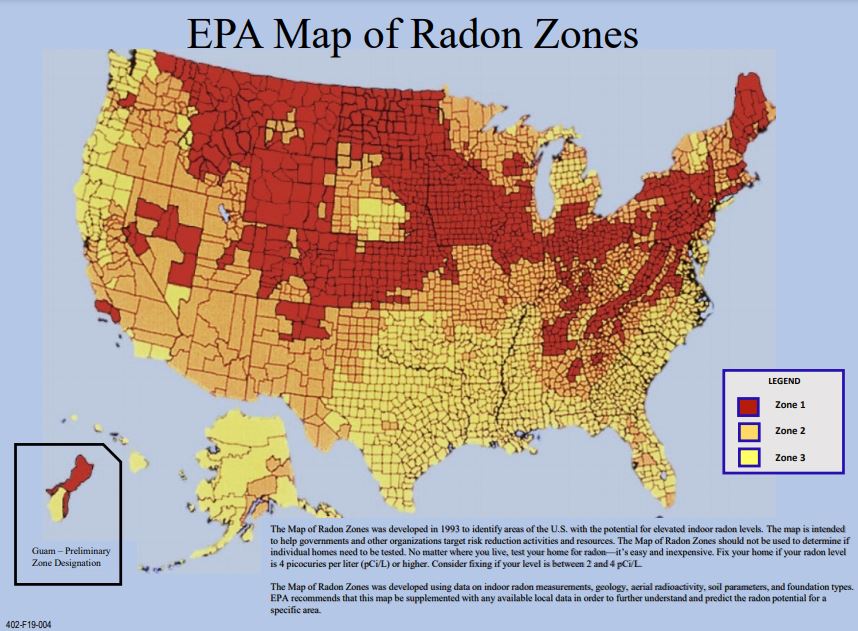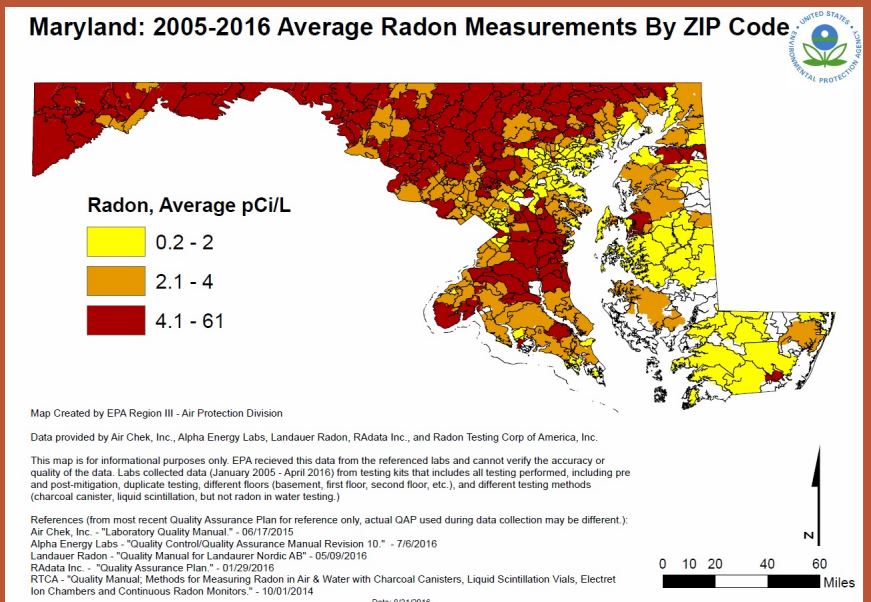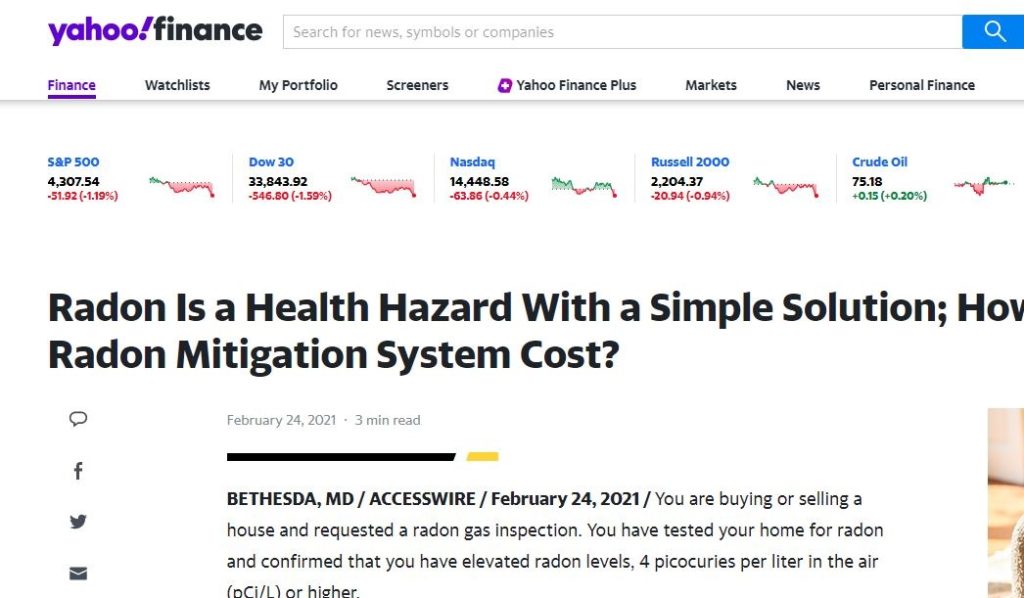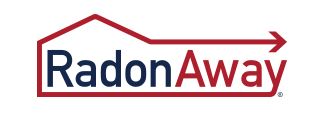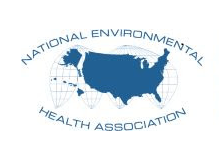What is safe radon level?
Radon is a naturally occurring radioactive gas that can seep into homes and buildings from the ground. Exposure to high levels of radon can increase the risk of lung cancer, so it’s important to keep radon levels in your home below certain levels. What is safe radon level?
The United States Environmental Protection Agency (EPA) recommends that homeowners take action to reduce radon levels if they exceed 4 picocuries per liter (pCi/L). This is the recommended “action level,” which means that if radon levels in your home are at or above this level, you should take steps to reduce them.
However, the EPA also recommends that homeowners consider fixing their homes if radon levels are between 2 pCi/L and 4 pCi/L, since there is still a risk of lung cancer at these lower levels.
It’s important to note that the EPA’s guidelines are just recommendations, and different countries or organizations may have different guidelines or regulations. If you are concerned about radon levels in your home, it’s best to consult with a qualified professional who can test and evaluate your home’s radon levels and recommend appropriate actions if needed.

